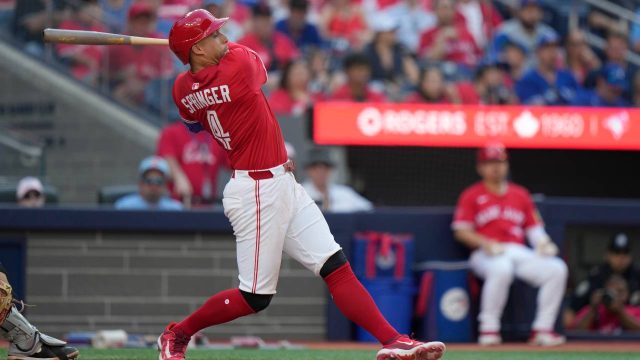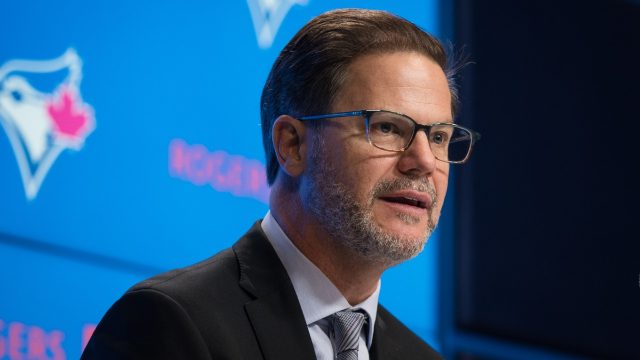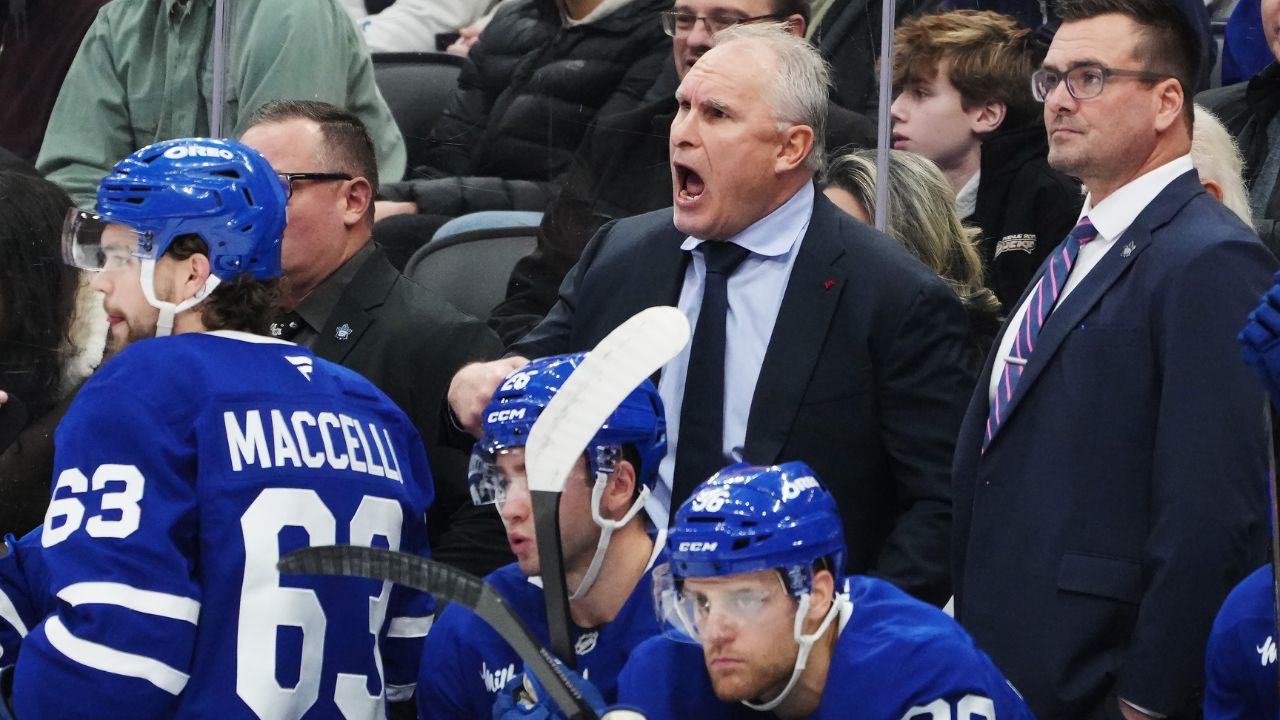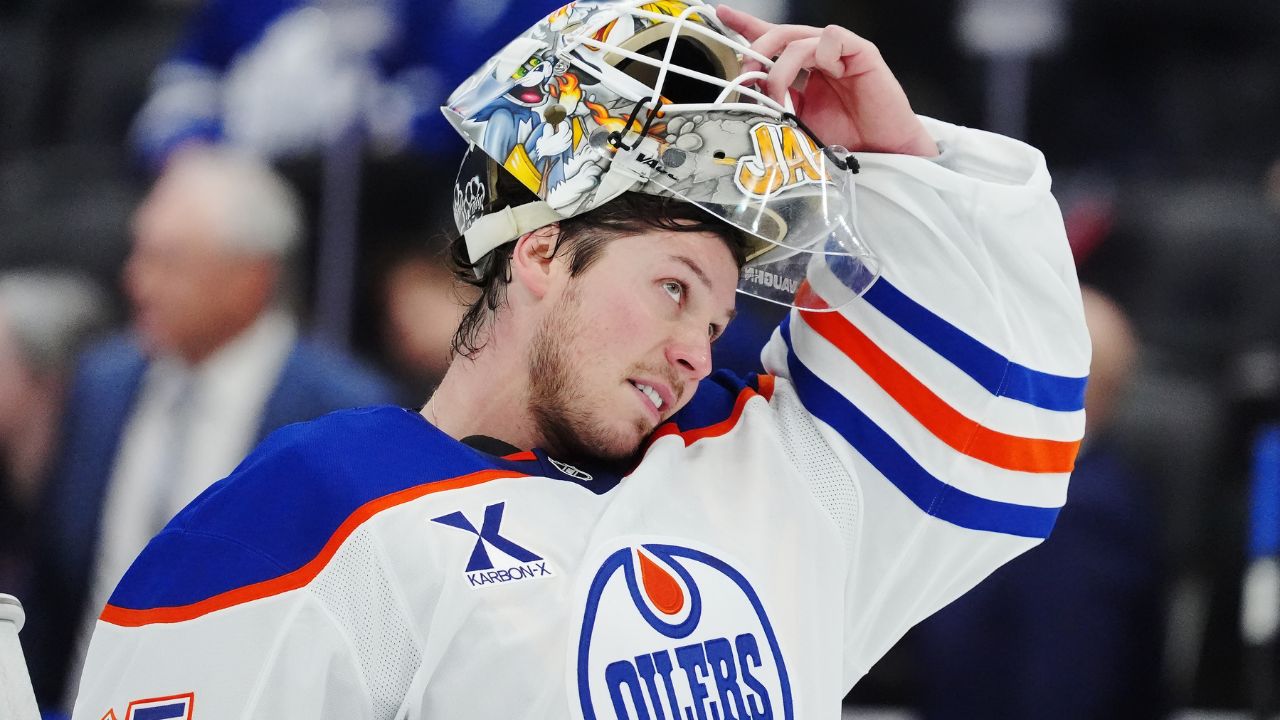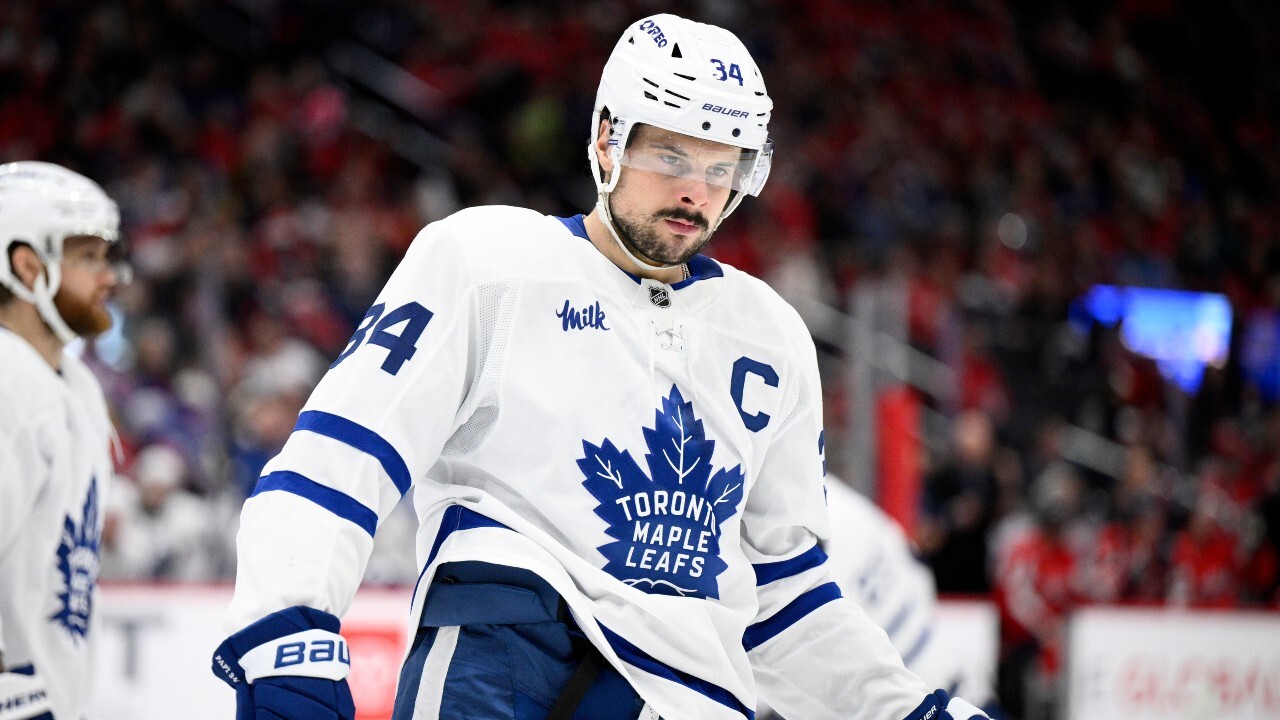
TORONTO — This much is certain: over the course of the next month, dozens of MLB players will be traded as contenders look to improve their rosters for October.
Less clear for now: who will be traded and at what cost. Some teams haven’t determined whether they’re buyers or sellers yet, and each trade market takes on a life of its own, creating uncertainty. That means buyers like the Toronto Blue Jays will have to stay flexible as they look for potential upgrades — in Toronto’s case, starting pitchers, relievers and right-handed bats.
So, how much would it cost to buy in each category? It’s an important question for the Blue Jays, who are positioned as clear buyers with a 47-38 record. While their farm system has improved over the last calendar year and there’s a strong case to be made for using it to improve the MLB team in the hopes of making a deep playoff run, no general manager can afford to part recklessly with minor-league talent.
In case last year’s trade deadline can offer some clues about what’s ahead this July, I took a closer look at every trade from last summer. This isn’t arbitration, so we can’t just copy and paste those trades and apply them to 2025, but they’re relevant reference points nonetheless.
Here’s what I learned from examining the 68 trades that were completed last July — and what those lessons might mean for this year’s Blue Jays:
Expect a flurry of late moves
As is usually the case in baseball, deadlines drive action. Of the 68 trades that happened last July, 60 of them were completed in the week leading up to the deadline.
Applied to the 2025 Blue Jays: It seems likely most Blue Jays moves happen late, especially since they’ll know more about the health of players like Anthony Santander, Yimi Garcia, Max Scherzer and Alek Manoah later in the month.
Platoon bats are available for a modest price
Jesse Winker, Justin Turner, Isiah Kiner-Falefa, Mark Canha and Josh Bell were among the bench bats moved at last year’s deadline. All but Bell were acquired in one-for-one deals where the prospect going the other way was ranked no higher than 17th in the buying team’s farm system, as assessed by MLB Pipeline. Meanwhile, Bell was acquired for even less — a player to be named later.
Applied to the 2025 Blue Jays: GM Ross Atkins said Monday the Blue Jays are interested in adding a right-handed hitter to the lineup. If that’s still the case three or four weeks from now, the cost of acquiring a veteran like Andrew McCutchen or Harrison Bader likely wouldn’t be especially high. Someone like Ramon Laureano or Rob Refsnyder might cost more since they also play in the AL East, but even then we’re likely not talking about one of the Blue Jays’ top 10 prospects.
Everyday players require much bigger returns
As expected, the cost of acquiring an everyday hitter was far greater. Three players were required to obtain each of Jazz Chisholm Jr., Randy Arozarena, Isaac Paredes and Lane Thomas and each deal included a prominent headliner: catching prospect Agustin Ramirez for Chisholm Jr., Mariners No. 12 prospect Aidan Smith for Arozarena, infielder Christopher Morel for Paredes and Guardians No. 8 prospect Alex Clemmey for Thomas.
Applied to the 2025 Blue Jays: As of now, this probably isn’t where the Blue Jays are focusing their efforts. If they’re giving up a big package of prospects, it’s more likely for pitching.
Low-velo right-handed relievers have highly limited trade value
At the time they were traded, right-handers Mark Leiter Jr., Dylan Floro and Trevor Richards were each averaging under 92 m.p.h. with their fastballs. The return for all three was extremely light, as none of the minor-leaguers coming back were ranked among their previous organization’s top 30 by MLB Pipeline.
Applied to the 2025 Blue Jays: If the Blue Jays encounter some injuries in the next month and simply need ways to stay afloat, they’ll be able to shop in this aisle pretty comfortably. And it can work, as Leiter Jr. showed by posting a 1.69 ERA in six ALCS and World Series appearances last year. But this isn’t plan A for anyone — if it were, the Yankees wouldn’t have left Leiter Jr. off their initial ALDS and ALCS rosters last year. The Blue Jays should aim higher here, and history tells us they likely will.
-
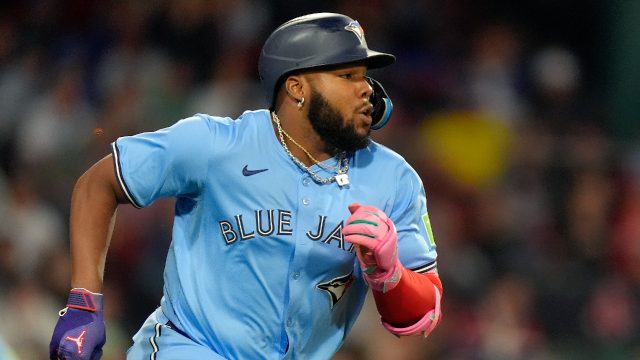
-
MLB on Sportsnet
Watch the Toronto Blue Jays, Blue Jays Central pre-game, marquee MLB matchups, Jays in 30, original documentaries, the wild card, divisional series, championship series and entire World Series on Sportsnet and Sportsnet+.
High-velo, bat-missing relievers have massive trade value — even as rentals
The Padres gave up four prospects ranked No. 2, 4, 5 and 24 by MLB Pipeline in their trade for Tanner Scott, a rental. Another rental, Yimi Garcia, required two prospects, including Jonatan Clase, who ranked 10th on Seattle’s list. And the Phillies gave up two prospects for Carlos Estevez, also a rental.
The common threads? Scott, Garcia and Estevez each averaged 96.8 m.p.h. or higher on their fastballs while striking out at least 25.8 per cent of opposing hitters (league average was 22.6 per cent in 2024).
Relievers who throw hard and generate swing and miss are in high demand this time of year because they help win short playoff series. Plus, not every buyer needs a bench bat or a catcher — but every last team can find room for elite swing-and-miss relievers. That gives the sellers leverage and raises the price.
Applied to the 2025 Blue Jays: This isn’t news to the Blue Jays, who have splurged on coveted relievers before, including most recently in 2023 when they acquired Jordan Hicks for pitchers Sem Robberse and Adam Kloffenstein. It’s a need again this year, so expect Atkins to pursue high-end relievers, and expect the cost to be high if the Blue Jays land one. It’s just the price of doing business.
Controllable relievers are expensive, too — but not way pricier than rentals
The price for controllable, high-velo, swing-and-miss relievers was high last year, as you’d expect. Jason Adam, Lucas Erceg, Hunter Harvey, Gregory Soto and A.J. Puk all had 95 m.p.h. fastballs and above-average strikeout rates at the time they were traded last year, and multiple prospects were required to obtain everyone but Harvey, who was acquired for one prospect and the 39th overall pick in the 2024 draft — arguably an even higher price.
At the same time, there wasn’t an obvious increase in prospect volume or prospect quality required to obtain relievers under team control beyond 2024 — perhaps a reflection of the volatility inherent to the position.
Applied to the 2025 Blue Jays: If the Blue Jays are going to give up two or three intriguing prospects for a reliever, they may as well seek additional team control along the way, all things being equal.
It’s not all about velo — command and delivery matter, too
The examples of Nate Pearson and Ryne Stanek show that velocity alone does not create trade value. Stanek was battling major command issues at the time of his trade, and the Mariners were ready to move on as they’d just acquired Garcia. And while Pearson throws hard, he has a long history of home run issues — perhaps because there’s not much deception in his delivery.
Compare Pearson to someone like Adam, who hides the ball extremely well, and you can see why Pearson’s career home run rate is nearly double that of Adam. As a result, Adam had much more trade value.
Applied to the 2025 Blue Jays: Something like deception isn’t easy to quantify, but teams care about this — and understandably so. Expect the Blue Jays to take this into account as they compare different relievers.
The price on back-end starters is low
Back-end starters like Aaron Civale, Paul Blackburn, Michael Lorenzen, Martín Pérez and Alex Cobb were acquired for one prospect apiece last year, and none of those minor-leaguers were ranked higher than 19th on their former team’s list of top 30 prospects.
Civale and Blackburn were more than just rentals, but even then their value was limited with fastballs averaging approximately 92 m.p.h. and relatively modest strikeout to walk ratios.
The one exception to this trend: Trevor Rogers, a controllable lefty with middling peripherals who was traded for Connor Norby and Kyle Stowers. Give the Marlins credit for this one, as GM Peter Bendix appeared to outmaneuver the Orioles here to get a return that stands out from the others.
Applied to the 2025 Blue Jays: Given the uncertainty at the back of their rotation, the Blue Jays need to be in on this market, but history suggests they shouldn’t have to part with top minor leaguers to get a deal done for an Andrew Heaney or Charlie Morton type if needed.
Anyone who could start a playoff game will cost multiple good prospects
The returns for Yusei Kikuchi, Jack Flaherty and Zach Eflin remind us that acquiring anyone with the upside to start a playoff game will be expensive, rental or not. There was simply too much demand for these pitchers for the price to be low here as the Twins, Phillies, Yankees, Dodgers, Orioles and Astros were all motivated to add starting pitching last summer.
A year later, the return for Kikuchi hasn’t lived up to its potential, but at the time executives were impressed by the trio of Jake Bloss, Will Wagner and Joey Loperfido. Meanwhile, Flaherty cost multiple prospects in Thayron Liranzo and Trey Sweeney and Eflin commanded a three-player package of Mac Horvath, Jackson Baumeister and Matthew Etzel.
Applied to the 2025 Blue Jays: If someone like Merrill Kelly is available, he’ll likely require a three-prospect return. While he’s not an ace, Kelly’s fully capable of starting in October and his $7 million salary means lots of contenders will want in. A true ace like Jacob deGrom would presumably cost even more, but pitchers of that calibre are available so rarely that there’s no good comp from 2024. The Rangers could simply name their price.
So while Atkins will surely shop in this section of the market, the expectation should be that the cost of a No. 2 or 3 starter would be three interesting minor leaguers or young major-leaguers including a notable headliner. And while the Blue Jays might be willing to pay this price, it’s not fully within their control as sellers will ultimately be able to zero in on the farm systems they like most while leaving others on read. With that in mind, a team like the Marlins will be able to call the shots on a pitcher like Sandy Alcantara, just as the Blue Jays did with Kikuchi a year ago.


